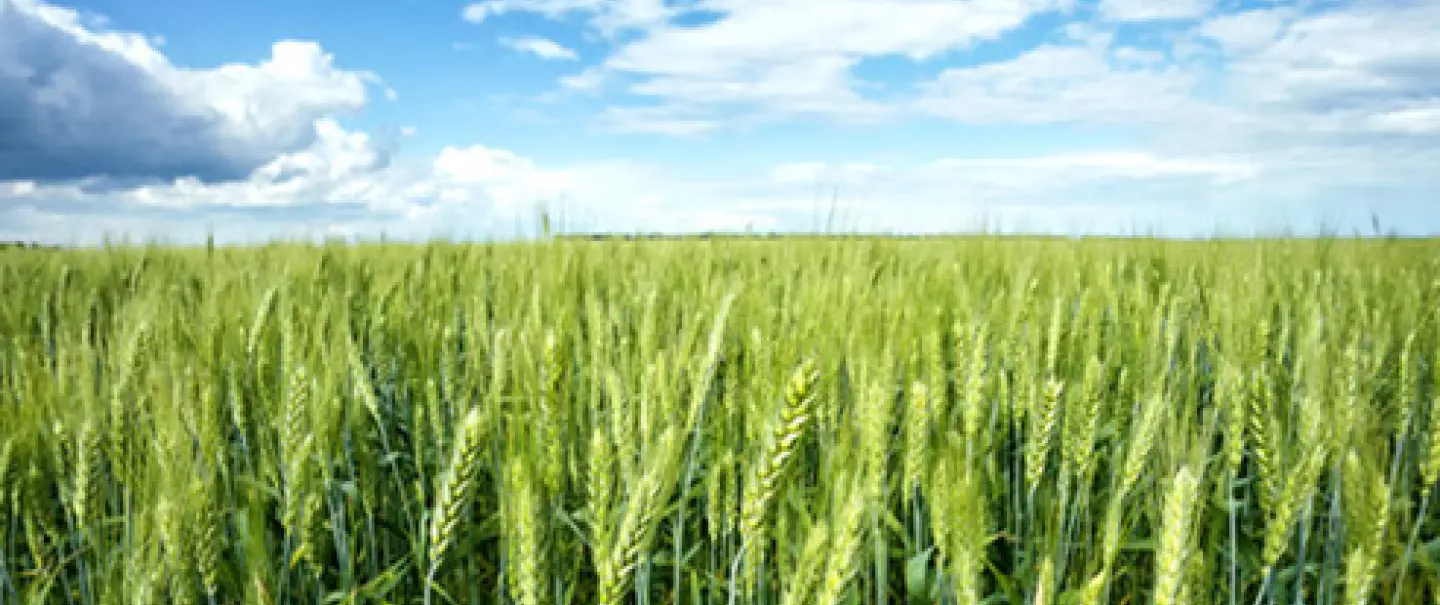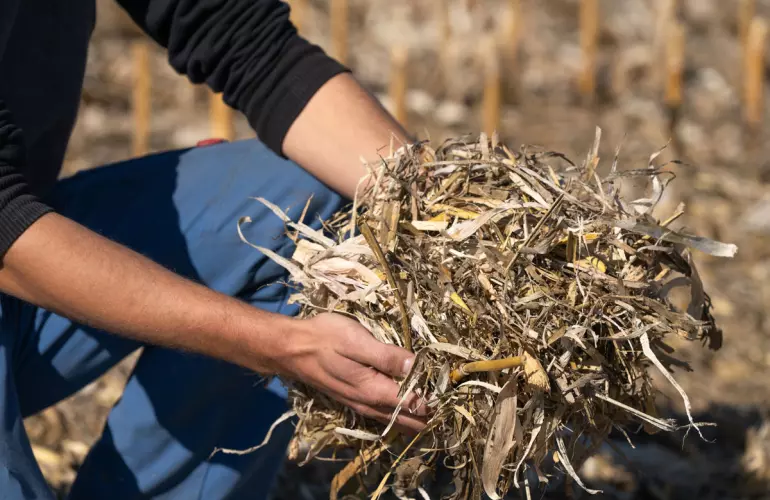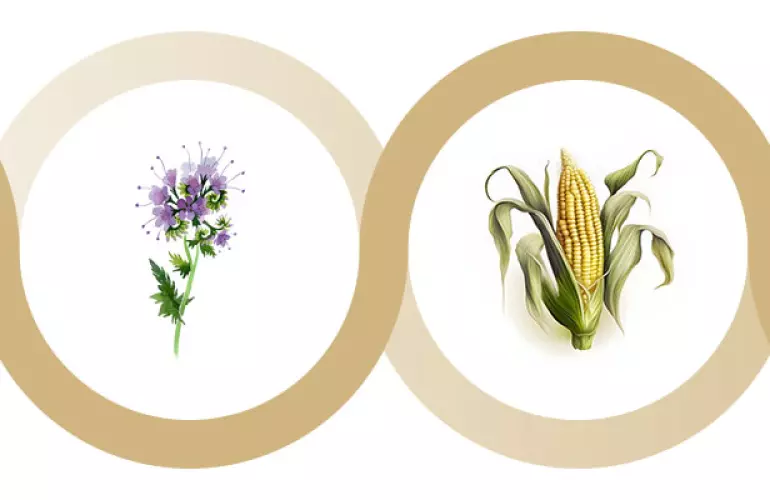Choosing the right species according to planting date
Cover crops should be sown as soon as possible after the previous crop has been harvested. The aim is to give them time to develop and produce as much biomass as possible. Only then will they be able to provide all the agronomic benefits sought (fixing nitrate, increasing organic matter, improving soil structure, and releasing nitrogen when destroyed, etc.).
Seeding after harvest is possible for most cover crops (oats, foxtail millet, ryegrass, rapeseed, radish, legumes, etc.). Some cover crops, such as foxtail millet, niger and buckwheat, must be planted at this time. It is often the case for certain vetches, clovers, and lentils too, and to a lesser extent sunflowers and grass peas. There is still a risk of water and heat stress for these plants depending on soil and climate conditions in the area at the end of summer. It is better to plant white mustard and flax later on, from August to early September. For later planting, oats, annual ryegrass, rye, and forage turnip are more suitable, but there is no guarantee that they will develop properly due to the lower temperatures at the beginning of winter.
Things to consider when choosing your cover crop
The first consideration is whether the cover crop is to be used for consumption or for your herd. If so, when will you need the forage? For early winter grazing, opt for cabbage, forage rape, or even annual ryegrass. For mowing, opt for oats, rye, or triticale + vetch, as well as annual ryegrass. If needed the following spring, it is easier to mow and make silage with mixtures such as oats, triticale, and rye + protein crops, or even red clover. An annual ryegrass + red clover mix works well too, with little manure.
If you don't raise livestock or sell fodder, it's best to think in terms of the benefits for the next crop. If you plan to sow a winter cereal, opt for mustard, phacelia, or buckwheat, etc. If you intend to sow corn, then crucifers, grasses, and phacelia work well. For sunflowers, go with phacelia, buckwheat, oats, or rye. For beet, a good choice is phacelia or buckwheat. These examples are not exhaustive. Local and national organizations can help you choose your cover crops.
Seeding and crop-destruction methods (shredding, tillage, weeding, etc.) before the following crop can also be an important criterion in your choice of species. These complex subjects are covered in other articles.





